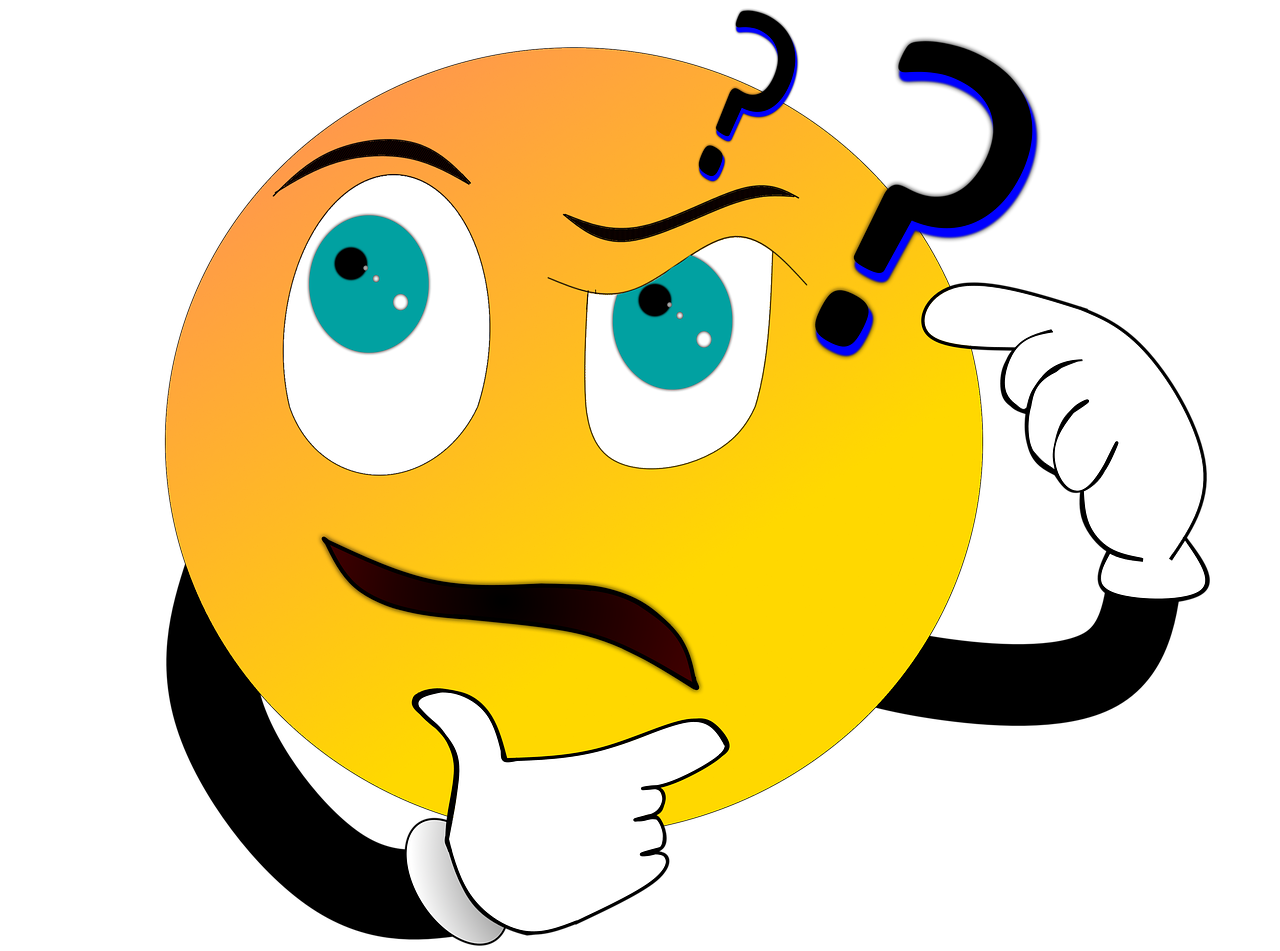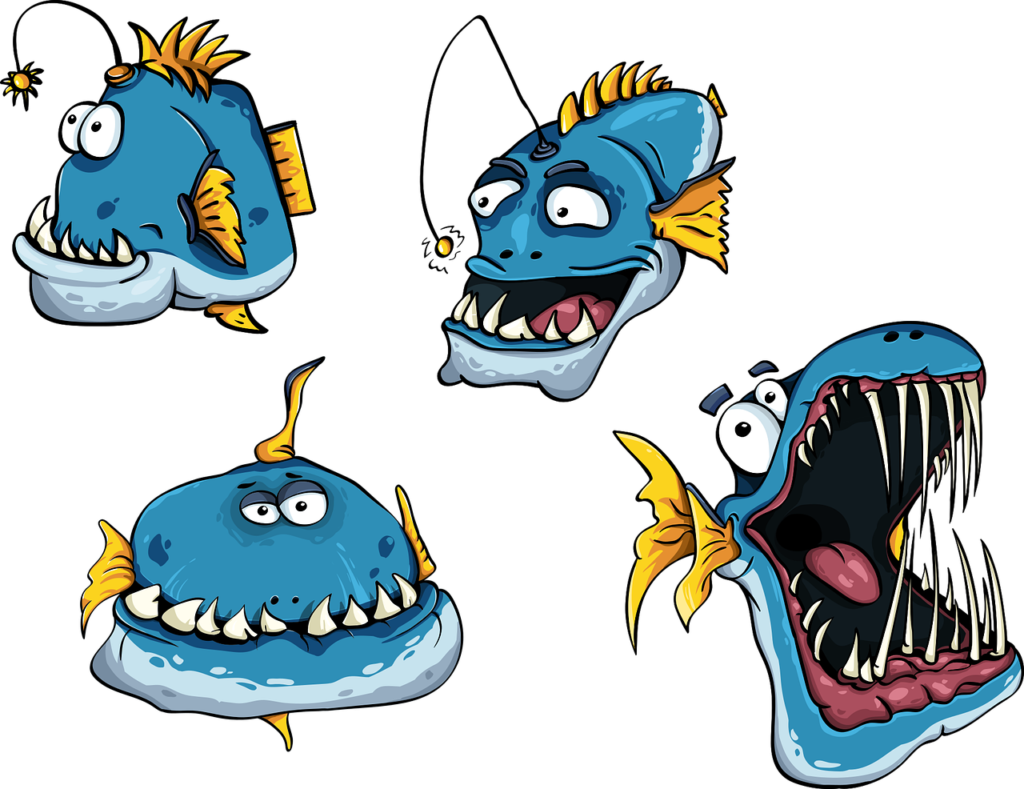Cartoonists: Useful Resources



Introduction
Welcome to this one-stop guide filled with essential resources for cartoonists at every level. Whether you’re just beginning your journey in the fascinating world of cartoons or are an experienced daily cartoonist, this comprehensive guide aims to offer something valuable for everyone. But before we dive in, let’s address a simple but fundamental question: what is the cartoonist definition? A cartoonist is an artist who specializes in drawing cartoons—these could be comic strips, editorial cartoons, animations, or any other format where storytelling and art merge.
Now, let’s delve into the wealth of tools, communities, and platforms that can help you enhance your cartooning skills and opportunities.
At Paperwriter, we understand the importance of delivering high-quality essays on time. That’s why we take pride in our punctuality, ensuring that you receive your papers promptly, allowing you to meet your deadlines without any stress.

Drawing Tools
Whether you’re a traditional or digital artist, having the right tools can make all the difference in your cartooning journey.
A top-tier essay service offers impeccable quality, timely deliveries, and outstanding customer support. With experienced writers, every assignment is meticulously crafted, ensuring originality and in-depth research. Trusting such a platform with legit essay writing services guarantees academic excellence and peace of mind for students.
Traditional
- Paper: Consider using specialized drawing or comic paper for a better inking experience.
- Pencils: Mechanical pencils or graphite sticks are recommended for sketching.
- Erasers: Kneaded and plastic erasers are essentials.
- Inks: India ink or fine liners are generally preferred for inking.
Digital
- Tablets: Brands like Wacom and Apple offer a range of tablets specifically designed for artists.
- Styluses: Many tablets come with a stylus, but some artists prefer to purchase specialized styluses for better control.
- Software: Programs like Adobe Illustrator, CorelDRAW, and Procreate are among the most popular choices for digital cartoonists.

Educational Platforms
Navigating the world of cartooning can be a challenging endeavor, especially if you’re just stepping into this exciting realm. Thankfully, there’s a plethora of educational platforms designed to help cartoonists—both aspiring and professional—hone their skills, develop their style, and keep up with the ever-evolving trends and techniques in the industry. Here’s a deeper dive into what you can expect from each type of educational platform.
What sets these services apart is their commitment to quality and integrity. When a student says “do my class for me,” they are not looking for a shortcut, but a support system that helps them balance their academic responsibilities with other aspects of their life. This is where essay services shine, offering bespoke solutions to each “do my class for me” request, ensuring that the work reflects the student’s own potential and learning trajectory.
The internet is brimming with courses that can help you master the art of cartooning. Websites like Udemy, Coursera, and Skillshare offer a plethora of courses tailored to various aspects of cartooning, from beginner to advanced levels. You’ll find courses that cover fundamental drawing skills, storytelling, character development, and even specialized techniques like shading and perspective. The advantages of online courses often include the ability to learn at your own pace and the opportunity to engage with a community of fellow cartoonists. Some popular courses among cartoonists include:
- “The Art of Caricature” on Skillshare: Ideal for those interested in caricature-style cartooning.
- “Creating Your Own Comic Book” on Udemy: A comprehensive guide to developing a complete comic book, from idea to publication.
- “Storytelling Fundamentals” on Coursera: Essential for cartoonists who want to delve into story-based formats.
The written word offers another rich source of knowledge for cartoonists. Titles like “Drawing Words and Writing Pictures” by Jessica Abel and Matt Madden offer a hands-on course for the comic artist, while “Understanding Comics” by Scott McCloud provides a deep dive into the history, theory, and mechanics of comics. These books can serve as invaluable companions on your cartooning journey, offering both foundational knowledge and advanced techniques. Also, books allow you the flexibility to refer back to them whenever needed, making them a resource for life. Additional titles to consider are:
- “How to Draw Cartoons for Comic Strips” by Alan McKenzie: Ideal for those aspiring to be daily cartoonists.
- “Cartooning: Philosophy and Practice” by Ivan Brunetti: A book that delves into the more intellectual aspects of cartooning.
Last but not least, don’t underestimate the value of hands-on learning experiences offered by workshops. These are often conducted by professional cartoonists and provide real-time feedback, which can be immensely beneficial. Workshops can be in-person events, where you can interact directly with an instructor and fellow students, or online sessions that offer more convenience and accessibility.
Many workshops focus on specific aspects of cartooning, such as:
- Character Development: Learn how to create compelling characters that resonate with audiences.
- Narrative Techniques: Storytelling is a vital part of many types of cartoons, from comic strips to animated features.
- Digital Cartooning: As technology continues to evolve, so do the tools available to cartoonists. Workshops on digital cartooning can help you get up to speed with the latest software and techniques.
Places to look for workshops include local art schools, community centers, and specialized cartooning institutes. Websites like Eventbrite often list upcoming workshops, as do cartooning associations and guilds.
In summary, the educational platforms available to cartoonists today are rich and varied. From online courses that offer convenience to comprehensive books and hands-on workshops, there’s no shortage of ways to become a skilled and knowledgeable cartoonist. These resources are not just for beginners; even seasoned professionals can benefit from ongoing education to refine their craft and stay updated on industry trends. So, whether you’re an aspiring cartoonist or looking to elevate your existing skills, make sure to take advantage of these invaluable educational resources.

Software and Apps
Having the right software can make your work not only easier but also more professional. Here’s what to consider:
Desktop Software
Adobe Illustrator: Highly used by professional cartoonists for its vector-based capabilities.
CorelDRAW: A more affordable option but with a robust set of features.
Mobile Apps
Procreate: Ideal for iPad users who like to sketch on the go.
Adobe Fresco: Offers a range of brushes and is compatible with Adobe Creative Cloud.


Online Communities
Cartoonists often find inspiration and advice from peers, and online communities are perfect for this kind of interaction.
Forums
- Digital Webbing: A place to discuss comic book creation.
- Penciljack: Known for its helpful critiques and tutorials.
SMG
- Cartoonist Facebook Groups: There are several specialized groups focused on various genres of cartooning.
- Reddit Communities: Subreddits like r/cartoons and r/comicbooks are great platforms for discussions and sharing work.

FAQs
The journey to becoming a cartoonist is as varied and unique as the artists themselves. Understanding the available educational routes can make the difference in how swiftly and efficiently you acquire the skills needed for success in this field. So, how does one become educated in the realm of cartooning? Let’s delve deeper into the multiple pathways:
How do I become a professional cartoonist?
There is no one-size-fits-all answer, but a combination of education, practice, networking, and monetization can help you go professional. Many cartoonists also recommend building a diverse portfolio and seeking opportunities to publish your work, even if initially it’s through small platforms or self-publishing.
Is digital better than traditional cartooning?
Both have their merits. Digital cartooning offers more flexibility, with the ability to easily edit and distribute your work. Traditional cartooning offers a tactile experience that some artists prefer, and many believe it provides a unique aesthetic that’s hard to replicate digitally.
How do I copyright my cartoons?
Copyright laws may vary by country, but in the United States, your work is automatically copyrighted when it’s created and fixed in a tangible form. However, registering your copyright with the U.S. Copyright Office provides a public record and is necessary if you wish to bring a lawsuit for infringement in the U.S.
Can I make a living solely from cartooning?
While it’s challenging, it’s definitely possible to make a living solely from cartooning, especially with the rise of digital platforms and monetization methods like Patreon, merchandising, and freelance opportunities. Some cartoonists also supplement their income by teaching workshops, selling prints, or doing commissioned work.
What are the different career paths for a cartoonist?
The world of cartooning is diverse. You could work as a comic strip artist for newspapers, be an editorial cartoonist, create animations for TV or the web, work in advertising creating characters for campaigns, or even become a caricaturist at events. Many cartoonists also work in multiple roles to diversify their income streams.
Do I need formal education to become a cartoonist?
Formal education like a degree in fine arts can be helpful but is not necessary to become a successful cartoonist. Many successful cartoonists are self-taught and have honed their skills through consistent practice and continuous learning through online courses, workshops, and tutorials.
How can I develop my own unique style?
Developing a unique style comes with time and practice. It often involves studying a range of styles and genres and then experimenting to find what resonates with you. Many artists recommend keeping a sketchbook to freely explore and refine your ideas. Over time, you’ll find that you naturally gravitate toward a particular style that becomes your own.
What software do professional cartoonists commonly use?
Adobe Illustrator and Photoshop are industry standards for many professional cartoonists, especially those involved in digital work. CorelDRAW and Procreate are also popular choices. The software you choose may depend on your specific needs and the type of cartooning you do.
Happy cartooning!